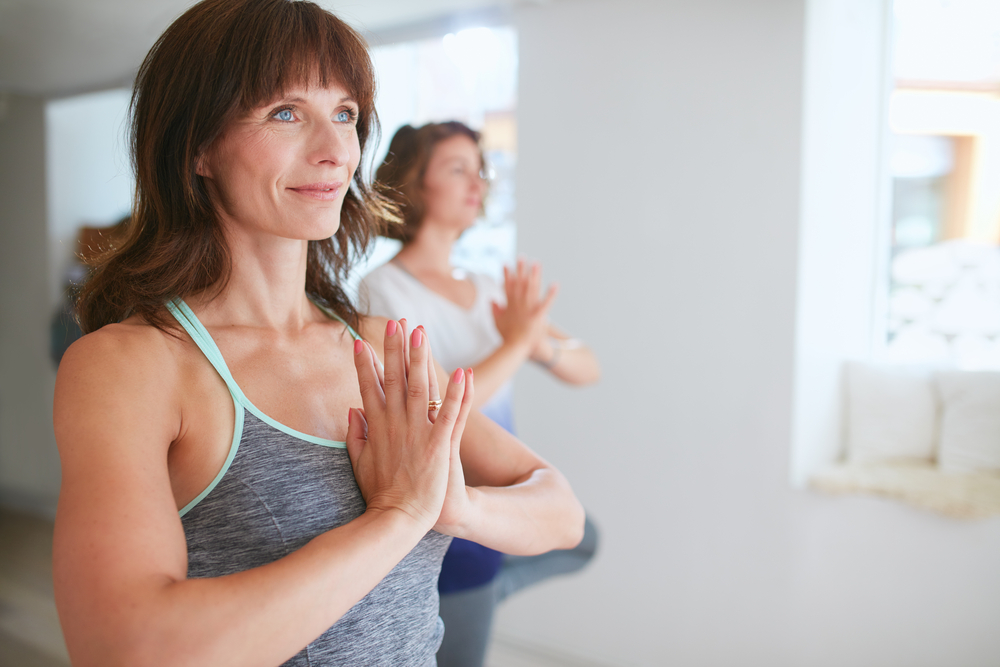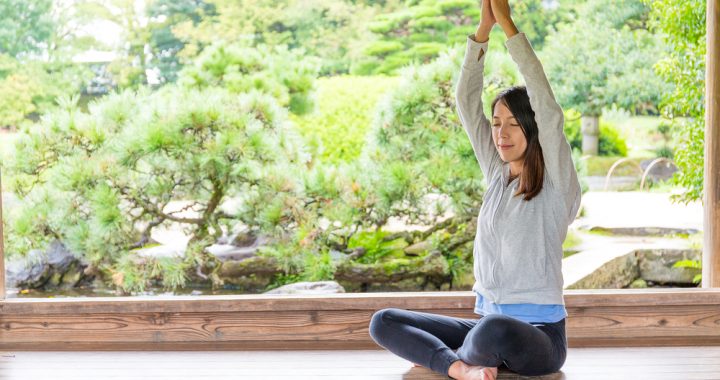Do you want to know if yoga really helps you lose weight? Does it reduce the risk of cardiovascular disease? We’ve explained every myth about yoga
Yoga is a very popular activity throughout the planet and billions of people practice it every day. In fact, it’s become increasingly popular in Spain in recent years, with more than 12% of the public stating they have at least tried it, according to Aomm’s data from 2015.
Although it’s over 3,600 years old, it wasn’t until the 70s that it started becoming popular in the West and even later in Spain, where it is now becoming more and more popular, which makes it the perfect scenario for the creation of myths and beliefs about yoga that are wrong in many cases.
In today’s post, we want to answer the key questions and doubts about yoga, offering information that’s contrasted scientifically and from our experience as specialised yoga teachers. Let’s go!
“Yoga helps you lose weight”
We’re sorry to say that yoga is not a practice that’ll help you burn a lot of calories and lose weight. In a one hour hatha yoga session, you can burn about 300 calories, compared to the 600 or 700 you can burn in a SpinDiR, Zumba or running session.
In any case, yoga may help you lose weight indirectly. When you start practising yoga, you usually end up adopting new nutritional and healthy habits, which lead to a reduction in the calories you consume during each meal and this leads to losing weight.
Even so, don’t be discouraged. Although yoga won’t help you lose weight directly, it will help you tone your muscles and make you look fitter thanks to the different asanas.
“There’s no risk of injury in yoga”
It’s true that if you practice yoga with a certified teacher, taking your limits into account and performing each of the movements for every position correctly, the risk of injury is really low. In this case, because the activity doesn’t involve impact or physical contact, compared to other sports, it’s very difficult to injure yourself.
However, if suddenly you feel bold enough to follow the asanas on a YouTube video without previous training or copy the impossible positions the yogis you follow on Instagram show off, you’ll probably end up injuring yourself, possibly your back or even sprain something, as you can see in the Yoga-Related Injures in the United States From 2001 to 2014 study. The instructors who were consulted for this study also say that these injuries are due to a lack of technique when performing the positions, poor instruction, previous injuries or an excess of effort.
“Yoga improves mental health because it reduces stress and anxiety”
Completely true. Practising yoga offers many benefits to the mind and this results in a reduction of stress and anxiety. Concentrating on breathing and entering a meditation state helps connect with ourselves and drastically helps reduce anxiety.
Two of the studies that say so –published in 2010 and 2011 in the United States– agree that their patients suffering from anxiety and depression improved significantly after supplementing their normal therapy with yoga.
“Yoga reduces the risk of cardiovascular disease”
According to the results of the study on the effectiveness of yoga in modifying risk factors for cardiovascular disease, published in 2014 by the European Society of Cardiology, people who practice yoga have a reduced risk of suffering from cardiovascular disease, since it improves their Body Mass Index (BMI), regulates blood pressure, reduces cholesterol and triglyceride levels, among other significant changes.
However, there is no difference between practising yoga and other sports, since the results are similar: exercising –practising yoga or any other sport such as running, swimming or cycling– also reduces the risk of suffering from cardiovascular disease.

“Yoga is only for people who are very flexible”
This is something people need to know: yoga doesn’t only involve risky positions and contortions that are impossible for the majority of the population. It is about learning how to breathe properly, improve concentration and your balance and connect with yourself. The positions are an important part of a class, but there are asanas for any level, both for beginners and for those who are a little more flexible.
Practically any yoga position can be adapted to any person, either with support –cushions, blankets, ropes– or better yet, finding another position that offers you the same benefits and that’s easier for you.
Find the type of yoga that best suits your needs
We hope that after reading this post you’ll have a better idea of the myths about yoga. If you still have any questions, please leave us a comment on this post. We’d love to answer your questions!
You can also ask any of our yoga teachers at our more than 15 YogaOne centres in Barcelona, Terrassa, Sabadell and Tarragona. Come try a free session; you can request your invitation here.
